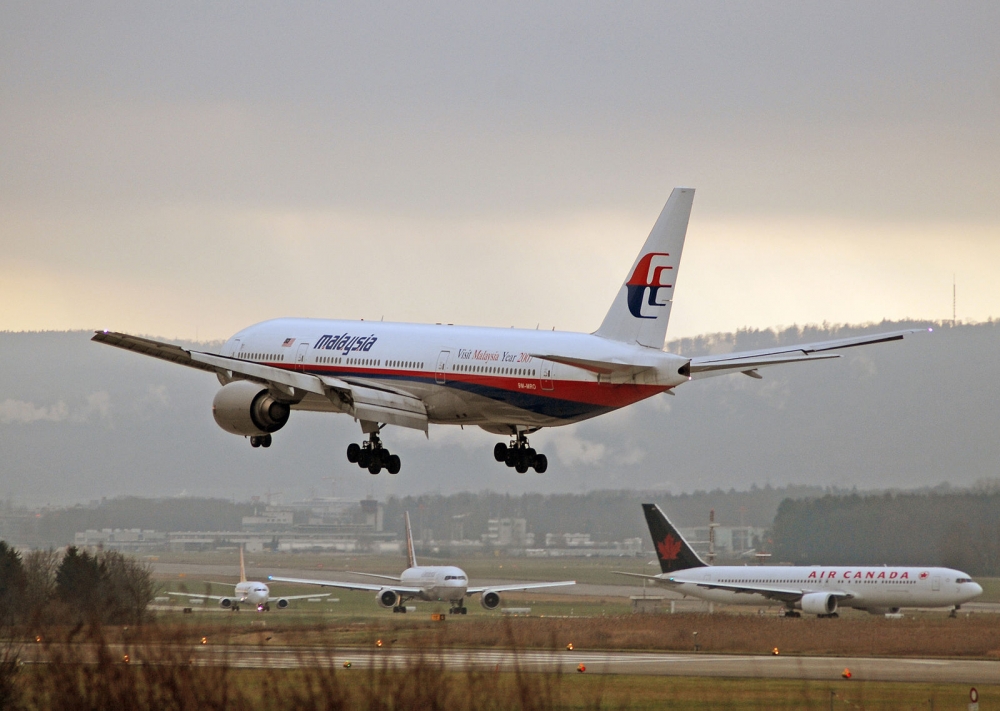New tracking technology nearing readiness for MH370 search
31 July, 2021
3 min read
Airline News

Geoffrey Thomas
By joining our newsletter, you agree to our Privacy Policy


Significant progress has been achieved in refining a fascinating new technology, Weak Signal Propagation, (WSPR) which is a digital radio communication protocol that is providing new hope that a more precise resting place can be determined for MH370 which disappeared over seven years ago with 239 souls on board.
Aerospace engineer Richard Godfrey has used various known flight paths to help validate his new technology called GDTAAA (Global Detection and Tracking of Aircraft Anywhere Anytime). The system takes data from the WSPRnet and feeds it automatically into a flight tracking system.
But recently a new far more complex blind test of GDTAAA was devised by Mike Glynn a former Qantas pilot and uses a flight that operated without passengers, that you will not find in ADS-B archives.
Since Mike Glynn was the captain of the flight, he has the flight track data and revealed the data after the GDTAAA results had been published for the flight.
AirlineRatings.com agreed to be an independent adjudicator of the GDTAAA Blind Test.
While the first blind test failed to track the aircraft precisely from Johannesburg to Perth due to a calculation error in mapping the WSPRnet link path around the globe the error has now been corrected and a second blind test will start this week.
Following further blind tests using data from recent flights between 2019 and 2021, a key test of GDTAAA will be to follow the track of an AMSA MH370 SAR flight from Perth to the search area in 2014.
The Royal New Zealand Air Force has kindly supplied detailed flight information to Mr. Godfrey for their sortie during the MH370 aerial search on 28th March 2014.
These tests will take two months to run and evaluate and are planned for August and September 2021.
The refined and tested GDTAAA will then be used with confidence to detect and track MH371 from Beijing to Kuala Lumpur on 7th March 2014 where we have the flight data as a final check before detecting and tracking MH370 from Kuala Lumpur into the Indian Ocean on 7th / 8th March 2014.
These tests are planned for October and November 2021 says, Mr. Godfrey.
It is hoped that GDTAAA will help refine the WSPRnet data analysis and over-the-horizon radio reception anomalies and taken together with the other data available, will help us to narrow down the MH370 search to a more precise crash location.
Next Article
3 min read
Virgin gets nod for Tiger deal

Get the latest news and updates straight to your inbox
No spam, no hassle, no fuss, just airline news direct to you.
By joining our newsletter, you agree to our Privacy Policy
Find us on social media
Comments
No comments yet, be the first to write one.
